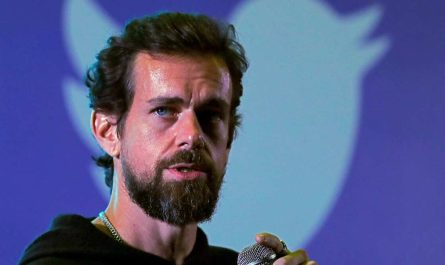Zoom has added another Focus mode to its video calling application. The new element has been acquainted with hold understudies back from getting occupied while in a virtual study hall. The organization declared this element in a blog entry, which was first spotted by The Verge.
At the point when the element is empowered, a host will actually want to get to every one of members’ recordings, however different clients in the gathering will not get diverted by the live recordings of their companions. Zoom says members’ common screens might be apparent to the host and co-has, yet the host can likewise permit any remaining members to view.”Focus Mode permits instructors to see their understudies’ recordings, and understudies see their educators without seeing other class members. With this element, instructors can regulate their class, yet understudies will not be diverted by their friends’ video feeds or feel reluctant about turning on their own camera,” the organization said.
Zoom says the members in Focus mode can in any case see other members’ names, their nonverbal input or responses, and hear them when unmuted. The element is accessible for every one of the records, gatherings, and individual clients.
Zoom: How to utilize Focus mode in a gathering
Stage 1: Start a gathering as the host or co-have.
Stage 2: Click on “Additional,” which will be apparent on the gathering toolbar.
Stage 3: After that, you simply need to tap on Start Focus Mode. You can click Start to affirm, or choose the Don’t ask me again check box to avoid this affirmation going ahead.
Note: When Focus mode starts, you and the members are told with a pennant along the highest point of the video window. Moreover, the center mode symbol is consistently noticeable in the upper left corner of the video window, close to the encryption symbol when the center mode is active.Spotify’s AmplifiHer program is complex. It incorporates a promotion gathering of 12 ladies makers across the business and gives them a stage to share their excursions. It additionally works together with a worldwide program called Equal, which puts the focus on a lady maker consistently. AmplifiHer additionally centers around another worldwide program, Sound Up, which gives preparing to any individual who’s keen on making a webcast.
“India has had the second most elevated number of uses for Sound Up across worldwide business sectors, of which 10 names are shortlisted,” the streaming application representative clarified. Those chose are prepared by Riya Mukherjee and Mae Thomas, both of whom have many years of involvement with the sound business.
The ideal opportunity to begin
Spotify’s push for inclusivity comes when the digital broadcast industry is blasting. The 2020 KPMG report for the media and media outlet expressed that the utilization of digital broadcasts expanded by 29.3 percent through the Covid-19 pandemic. “India is now the third biggest digital recording listening business sector and it is required to be esteemed at INR 176.2 million by 2023,” the report expressed.
As of late, ladies drove digital broadcasts, for example, Mae Thomas’ Maed in India, Surbhi Bagga’s Overthink Tank, or Swati Rawat’s Vision Nari have found massive popularity.The Spotify representative, as well, affirmed that Covid-19 has introduced more makers and audience members on the application. The hours burned through paying attention to a digital broadcast on the stage have additionally expanded.
“There’s a developing interest for content around mental prosperity or about acquiring another ability,” the representative told indianexpress.com, adding that “more provincial substance has been springing up on the outline with the beginning of the pandemic.”
Sundaram, who distributes just Tamil substance, saw an emotional ascent in audience members, who might send her messages mentioning content around energy. “The web recording was a decent ally for those adapting to psychological well-being issues and being distant from everyone else,” she said.
Basu, who had grown up with radio, said she had anticipated that she listeners should be a lot more established, however tracked down that 50-60 percent of her crowd involved 18-34-year-olds. “This enlightens us regarding an age of young people who are video-immersed. They have grown up with video, where the visuals are quick to such an extent that they don’t associate with the substance. These adolescents are moving to sound, a more exceptional medium.”



